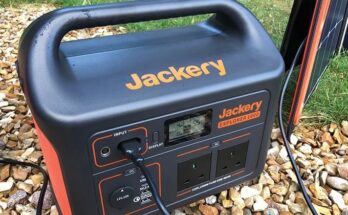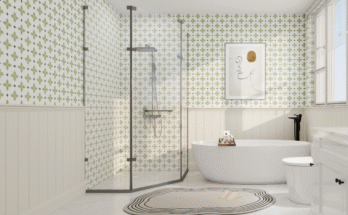A waterproofing membrane is a thin layer of material that is put over another material to prevent water from touching it. Waterproofing membranes might be adhesive or simply put on top of the material being protected. Waterproofing membranes are constructed from a variety of materials and come in a variety of sizes and thicknesses.
A membrane process is any procedure that filters or removes particles from water by using a membrane barrier. The pressure differential between one side of the membrane and the other causes fluid to move through the membrane. Contaminants cling to one side. Although many other types of filter media are used for water treatment, such as clay, silt, and sand, one property that separates membranes is their capacity to remove tiny components from a liquid, such as salts and ions.
Waterproofing membranes are employed in a variety of applications, including covering concrete as it is created to prevent water from affecting the structural integrity of the concrete, or coating objects that are submerged in water where corrosion is a problem.
Waterproofing membranes come in a variety of forms, including:
- Cementitious coatings are sprayed or rolled-on polymer coatings. They are frequently seen in water treatment plants.
- Asphalt coatings are frequently applied on cement.
- On flat rooftops, polyurethane waterproof membranes are commonly employed.
- When applying waterproofing membranes to a substrate, care must be given. It is critical to understand which substrates work and which do not function well with waterproofing membranes. It is also crucial to evaluate the environment in which the waterproofing membrane will be applied because some membranes are particularly sensitive to moisture during the application phase and will be ineffective if not applied properly.
Membranes are often classed as either isotropic or anisotropic. Isotropic membranes have a consistent composition and physical structure in cross-section, whereas anisotropic membranes do not. They are often made up of variously constructed layers and materials.
RO membranes are commonly made of cellulose acetate or polysulfone that has been treated with aromatic polyamides3. NF membranes, like RO membranes, are constructed of cellulose acetate blends or polyamide composites, or they may be modified variants of UF membranes such as sulfonated polysulfone10.
Waterproofing membranes are divided into two types: sheet-based membranes and liquid-applied membranes. Sheet-based membranes are available in rolls. These are unrolled and placed on a stable platform. The bituminous waterproofing membrane is one of the most used sheet-based membranes. Liquid applied waterproofing membranes are membranes that are applied to the surface as a liquid that may be sprayed or brushed on. The spraying creates a monolithic membrane with no laps, welds, or seams.



